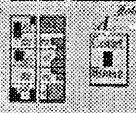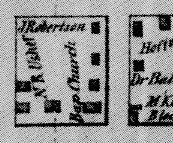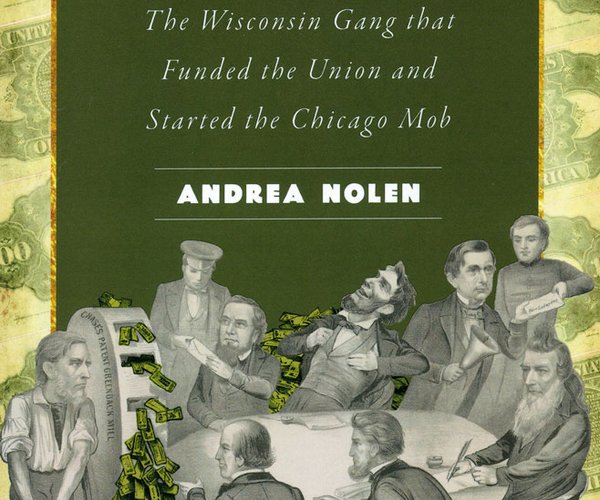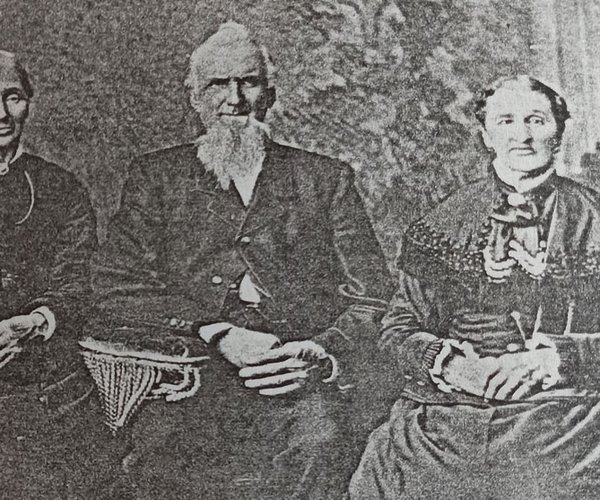Peter Wells, now almost 72 years old, continued to make significant changes to the landscape of downtown Monroe. In August 1886, ground had been broken for a livery stable that he was having built on 11th Street west of the Square. It was to be 40’ by 90’ and would be rented by Pickett & Dalrymple. Wells intended to also build a brick block adjoining the livery on the east to the alley in the spring or sooner. “Surely building prospects are pretty good for Monroe.”
Peter did not limit his property to the downtown area or to large pieces of property. He purchased a lot at what is now 2514 12th Street from Arabut and Caroline Ludlow for $72 on September 14, 1886.
It was then reported the following spring that Peter Wells, Charles French, and Chris Pfeiffer were to construct a two-story, brick block on the site of their wooden buildings. Nothing more was reported in the newspaper. This might have been in the first block south of the Square on 16th Avenue.
It was reported on December 14, 1887 that Peter Wells, “who owns more real estate in this city than any other two men” had purchased the store on the south east corner of the square from Lewis Davenport, who was contemplating going to California. He paid $6,000 for this property, which was 28 feet 8 inches wide. This is the oldest building on the square and housed Bauman Hardware for many years.
It was also reported on March 14, 1888 that Wells had purchased lots on the south side of the Square where Mr. Gettings’ meat market and Rob Miller’s furniture store were located. This 36-foot lot was purchased from Benjamin and Rosannah Chenoweth for $4,000. “Those old rookeries” were to be torn down and the lots, which are desirable property “are to be ornamented by another of Mr. Wells’ square-toed buildings. If Mr. Wells would build his next block from an architect plan, and have something different from all his other buildings, he would add much to the distinction already attained from being the principal landlord of Monroe.” Wells served notice on Roger Gettings & Son and Robert Miller in early April to vacate his old buildings as he intended to begin building immediately. “Business must drift off the public Square to some extent, for high rent and lack of room will compel dealers to locate elsewhere.”


In April Ben Sutherland offered to sell the lots on the south side of 11th Street to the east of 15th Avenue for $1,500. Carroll Bros., G. T. Hodges, Roger Gettings & Son, Robert Miller, and George Banks, “most of them tenants of Uncle Peter,” made arrangements to purchase those lots. Uncle Peter offered Ben Sutherland $200 more and Ben “snapped up his offer.” Did Uncle Peter really laugh at the Boys?
That wasn’t the end of that deal. “Mike Gettings and Jim Carroll got Ben Sutherland into a corner and offered him $2,000 for the lots, and then hitched up his team and drove the boys over to Albany, where Mrs. Sutherland was visiting, and the deed was made and duly executed.” Peter then offered the men $3,000, but that offer was refused. The men planned to build the Syndicate Block to house their businesses. Wells “will give Gettings & Son and Robt. Miller time to complete their new stores before obliging them to vacate his old wooden stores! Mr. Wells was ever an accommodating public, spirited citizen, who believes in fair play, even if he gets beat at it once in a great while.”
Gettings and Miller moved their businesses into the Syndicate Block in February 1889. By the beginning of April Frazee had delivered bricks for Wells’ new block at 1620 and 1622 11th Street. John Bolender planned to “have a pressed brick front on his store to correspond with Wells’ new block.” By the middle of the month, the stone trimmings, door sills, etc., for the new block were being received and put into position.
Since the 74-year-old Wells didn’t have enough on his plate, he purchased another lot on the east side of the Square in April that adjoined a lot that he already owned. He paid John Disch $1,700 for the 13 feet, which gave him a front of 36 feet. His plan was to build the block that season with work beginning without delay. That work did not happen that season, but in December he purchased another lot that also adjoined that property.
It was reported in November that Wells had also been investing several thousand dollars in Freeport real estate. “The enormous rent role of this great landlord of many states, enables him to buy when he feels like it.”
It was announced on April 30, 1890 that Peter was about to build a brick building on the west side of 16th Avenue just north of the Square. The Sentinel stated that he picked up this piece of property quickly from Elisha Mosher when he learned it was for sale. He got it at about half real value, for $3,500, and took possession on May 1. Nothing more was reported on this building.
A large fire started about 4:00 a.m. on November 11 just south of the square on 17th Avenue in a building that Wells owned. According to The County Journal, “The room was a seething mass of flames before the alarm was turned in, illuminating everything in the vicinity.” The fire had originated in Bongey & Sons meat market and soon spread to and burned through the board partition to the machinery warehouse rooms of S. B. Mack. It then burned through the floor above into the Armory, directly above those two rooms. It was almost a total loss, all of the furniture and furnishings being destroyed. Some of the uniforms were saved, but in damaged condition. The guns still stood in the racks, but they were of splendid material if they stood the heat in time without damage.
There will be two more columns about Peter Wells, which will include more about this fire.
— Matt Figi is a Monroe resident and a local historian. His column will appear periodically on Saturdays in the Times. He can be reached at mfigi48@tds.net or at 608-325-6503.





